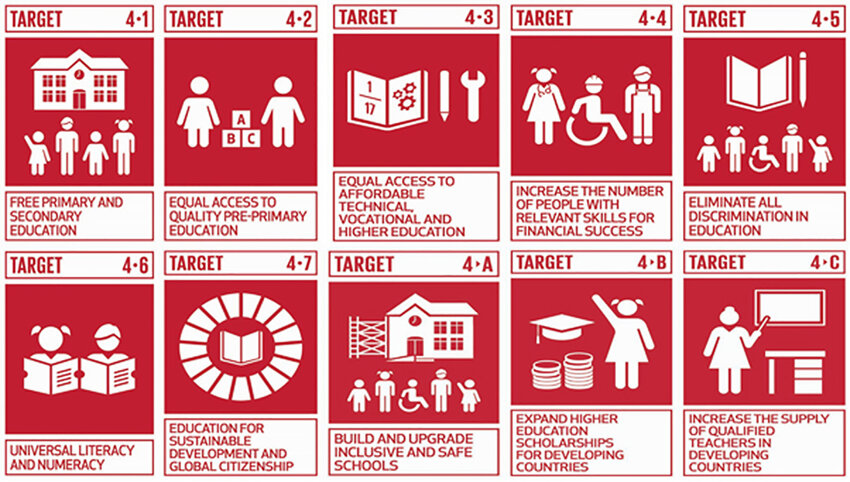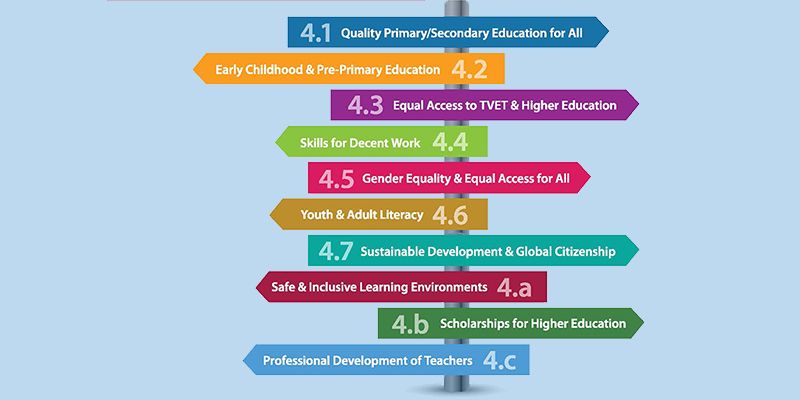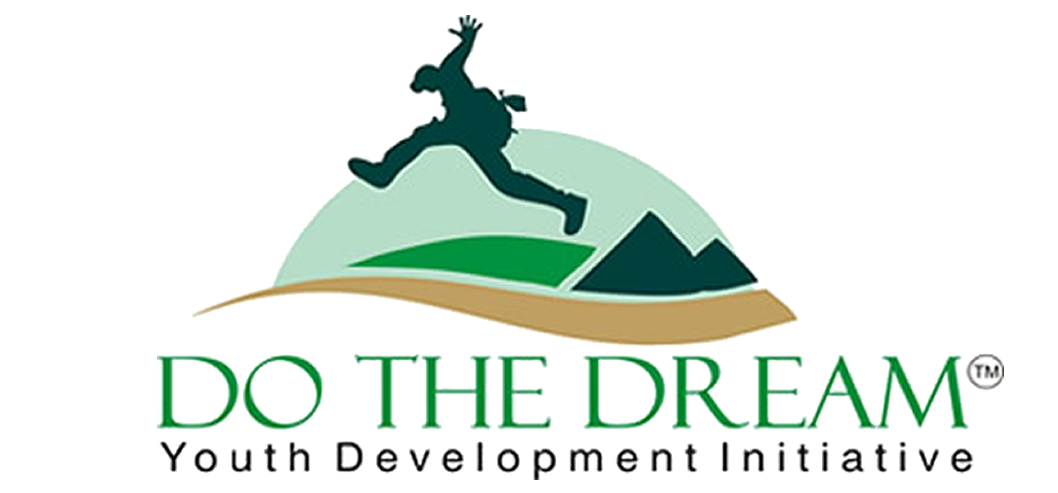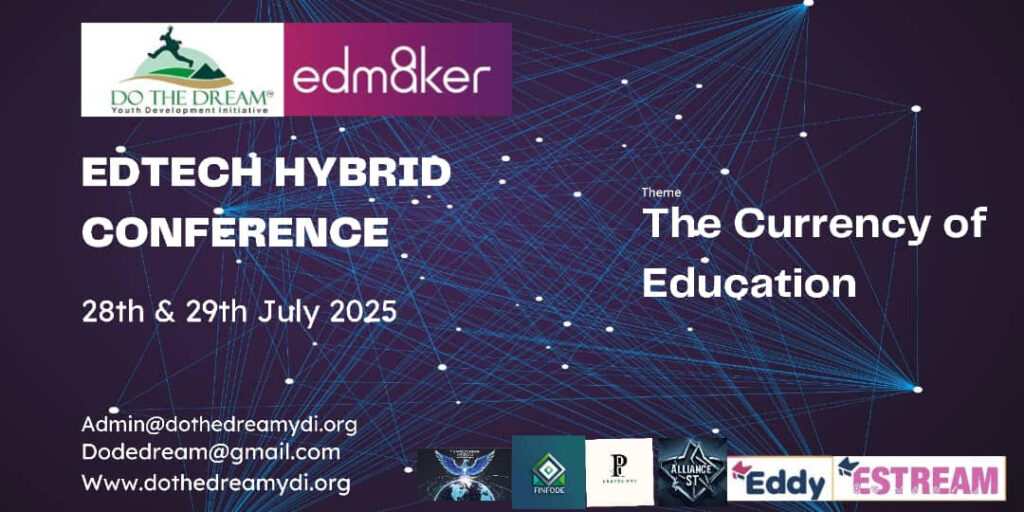
The Currency of Education Conference, reimagines education as a nation’s most valuable currency—one that drives innovation, equity, sustainability, and global leadership. Centered on holistic development, the conference advances a model that cultivates both innate potential and practical skills, positioning learners as problem-solvers and nation-builders.
It champions education as a force for addressing climate change, inequality, and digital exclusion by embedding sustainability, technology, and entrepreneurship across all learning levels—from nursery to university. Through immersive project-based learning, ethical frameworks, and system-wide innovation, the conference promotes action-oriented learning that empowers individuals and transforms societies.
Rooted in the visionaries globally and global best practices, the conference offers a roadmap for making education the foundation of national prosperity, resilience, and human flourishing.
THE IMPACT
Education as Currency — The New Global Asset
Education as a form of exchangeable value in modern economies.
Education must not only feed the mind but fund the future.
“In the 21st century, a nation’s wealth is measured in minds, not minerals.”
“When education is currency, no child should remain bankrupt.
“An educated citizen is not an expense—he is capital in motion.”
“In a knowledge economy, every graduate is a mint.”
“The power of a nation lies not in its bank vaults but in its classrooms.”
“Where education circulates, innovation flourishes—knowledge is the new legal tender.”
“Education is not just a right—it’s a renewable resource for national wealth.”
“When learning becomes currency, classrooms become economies of ideas.”
“Invest in education like infrastructure, and you build a future that won’t collapse.”
“Minds trained today are the markets, ministries, and miracles of tomorrow.”
“The return on educational investment is measured in dignity, discovery, and development.”
“Where ignorance is expensive, education is the only affordable wealth.
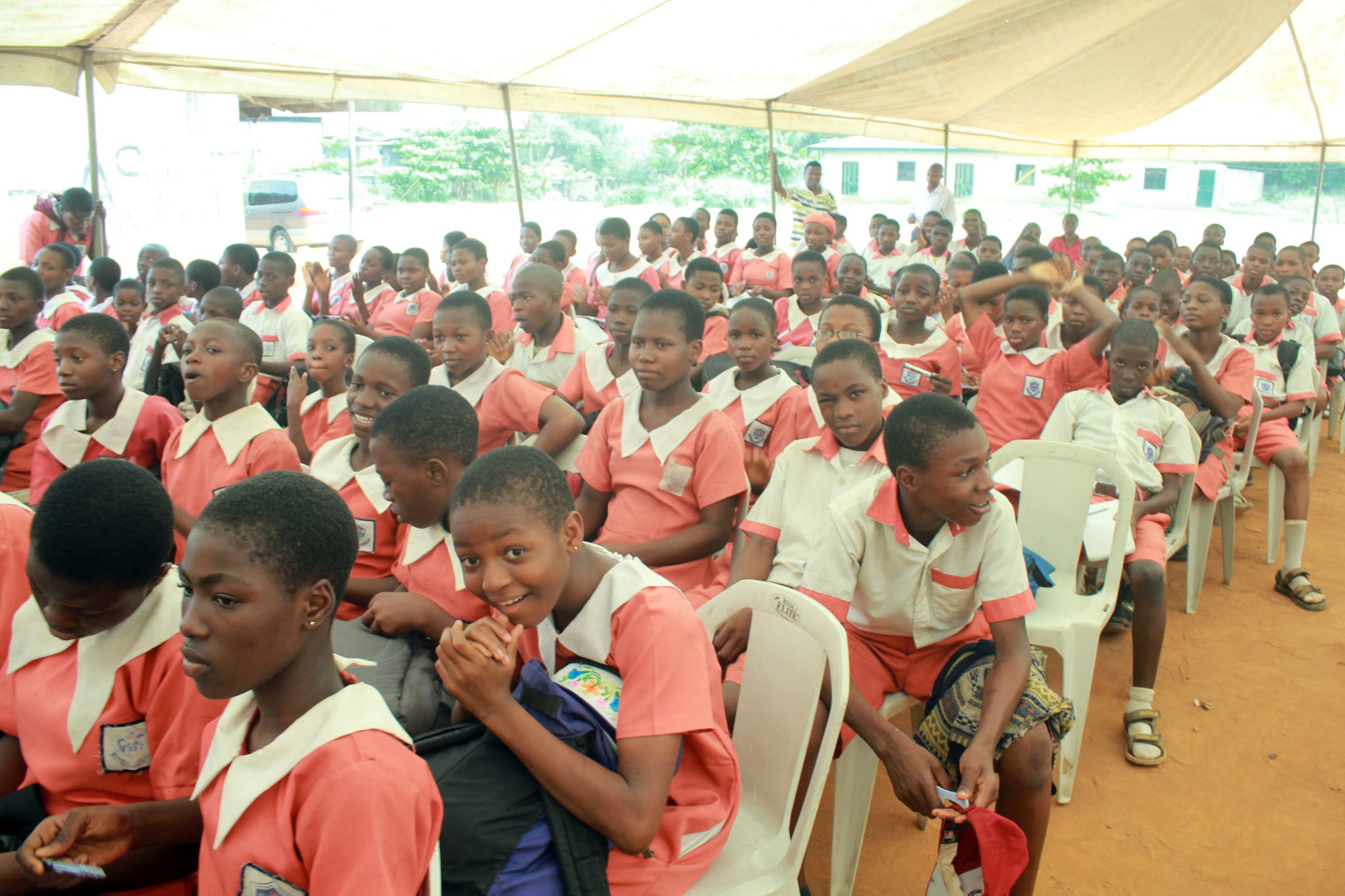
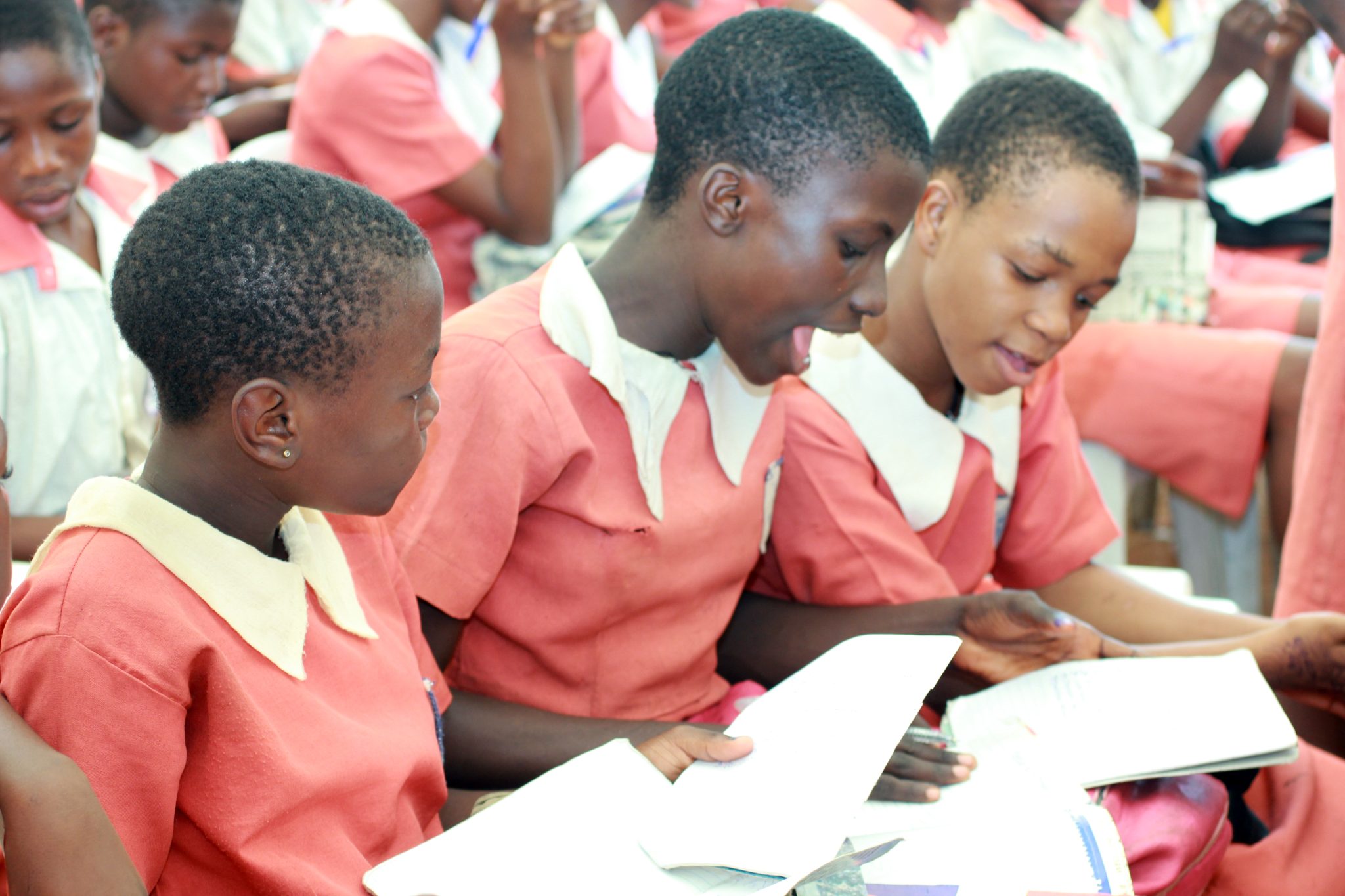
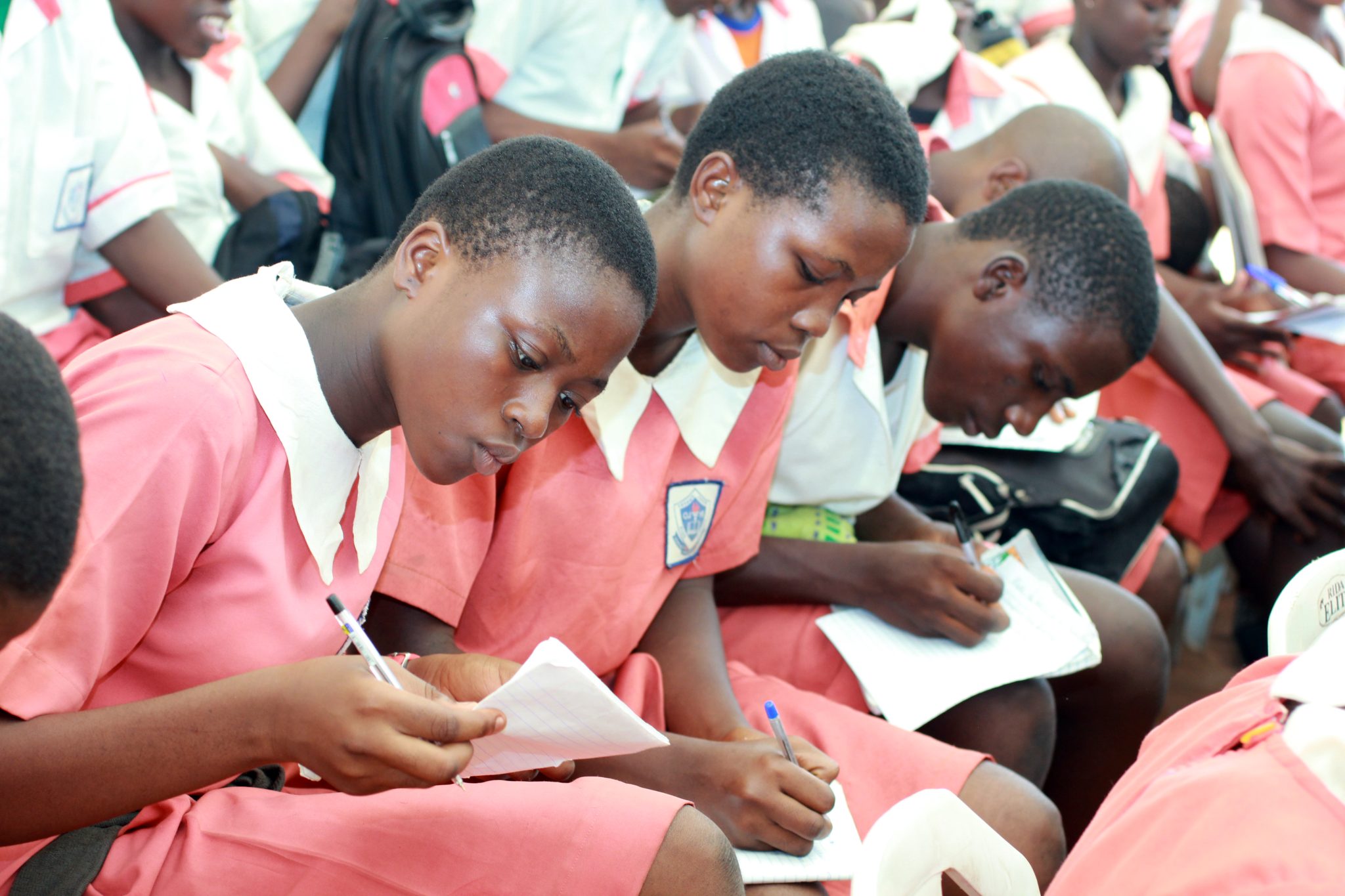

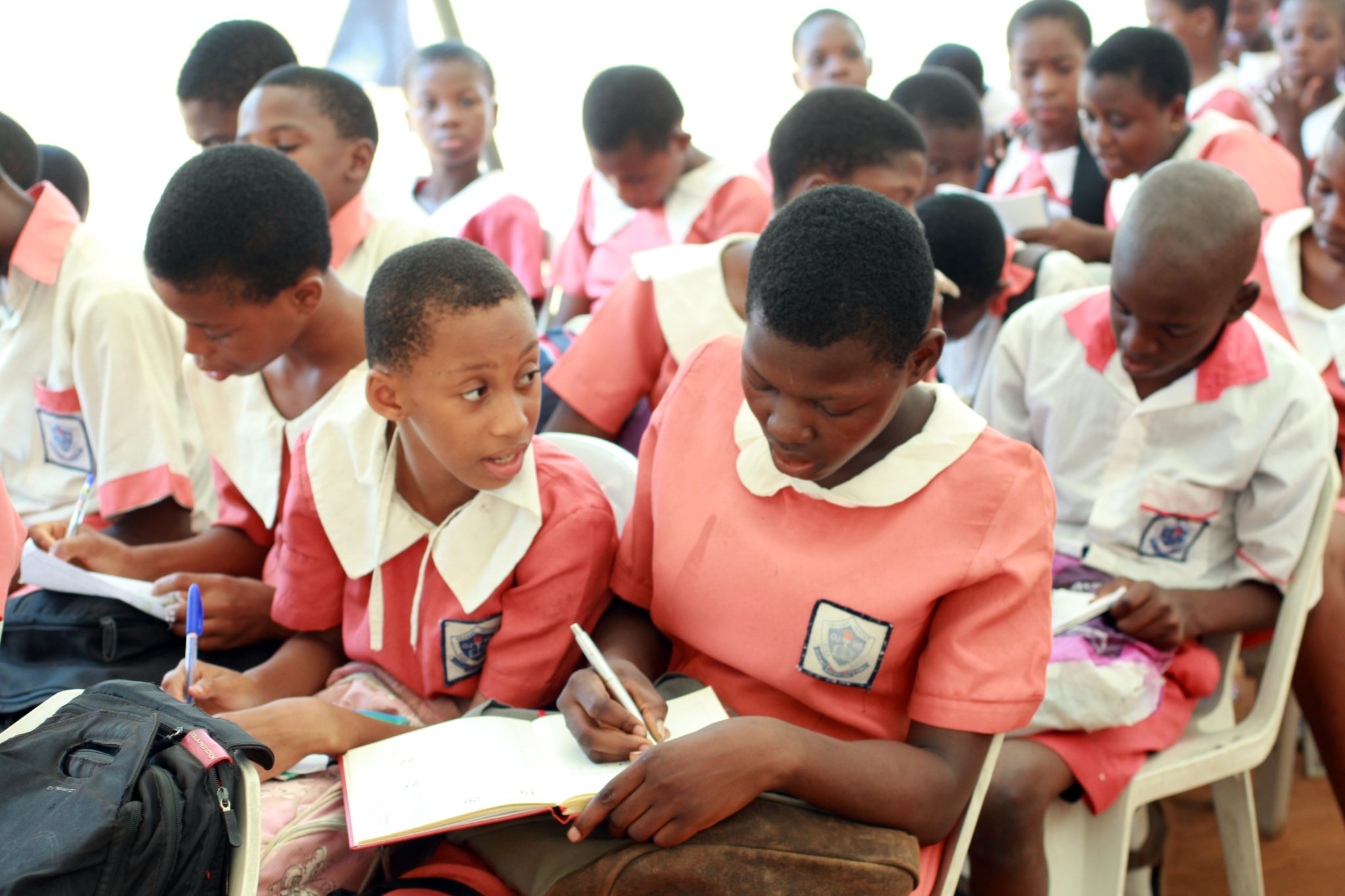
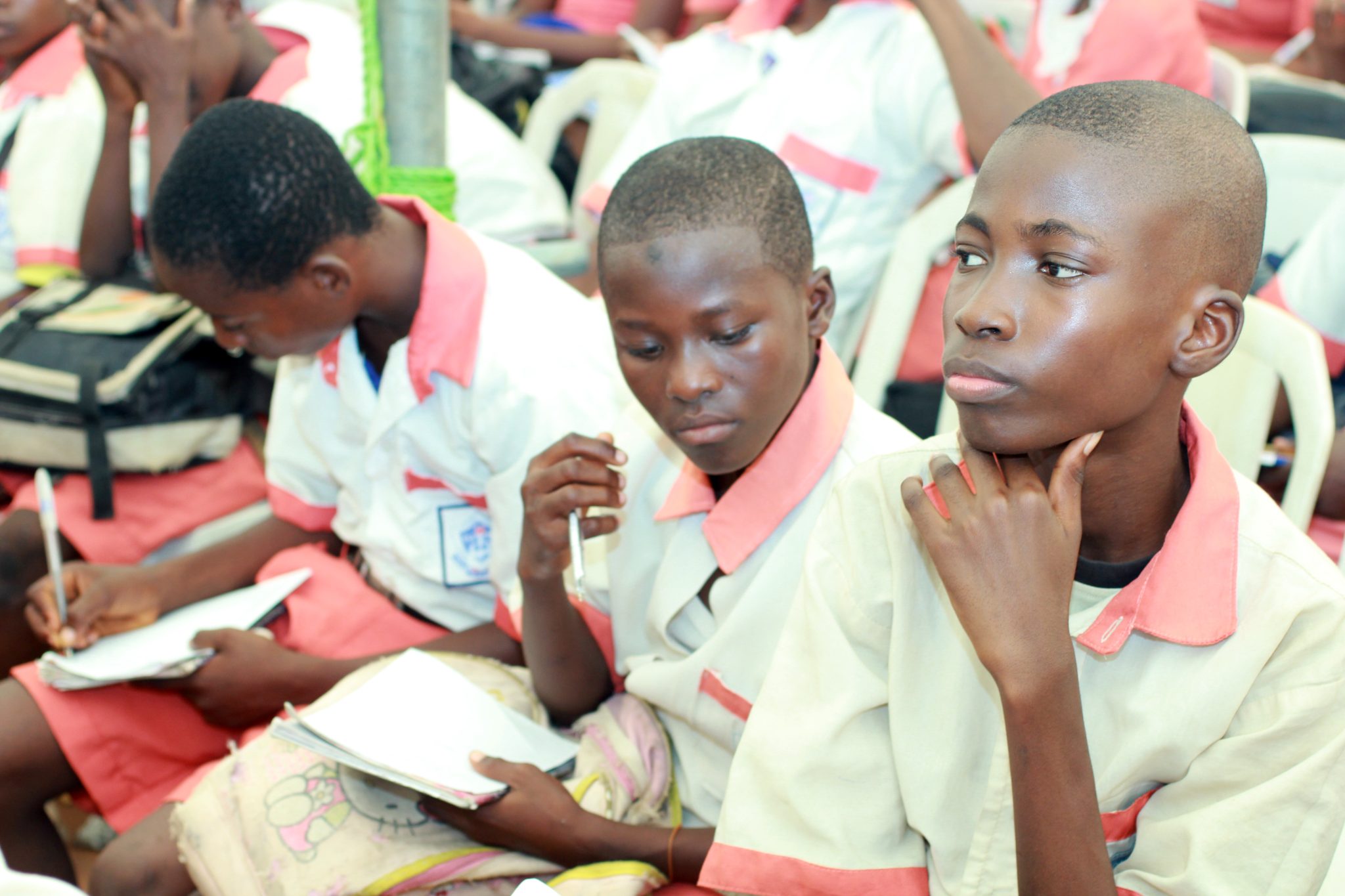
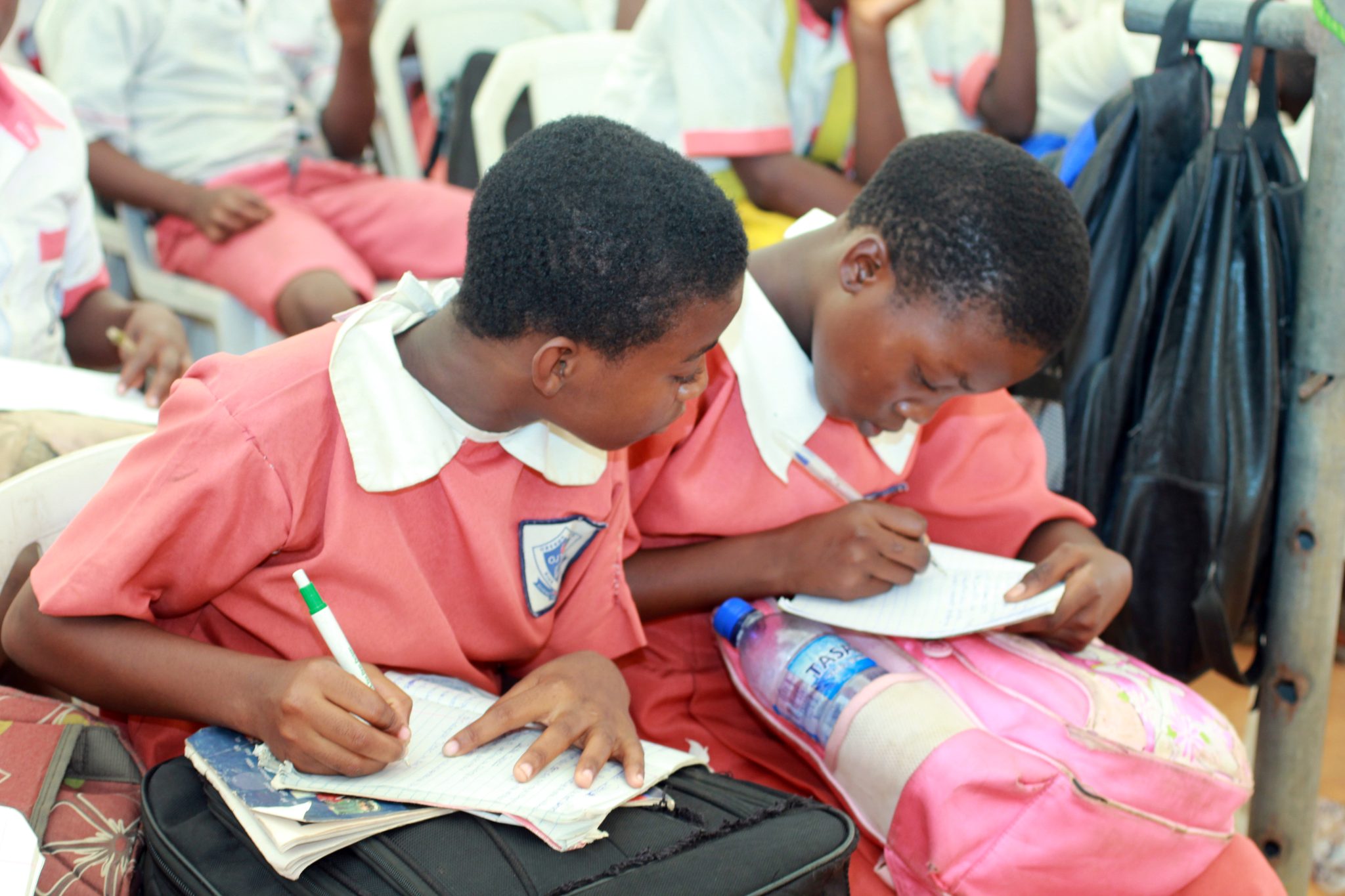
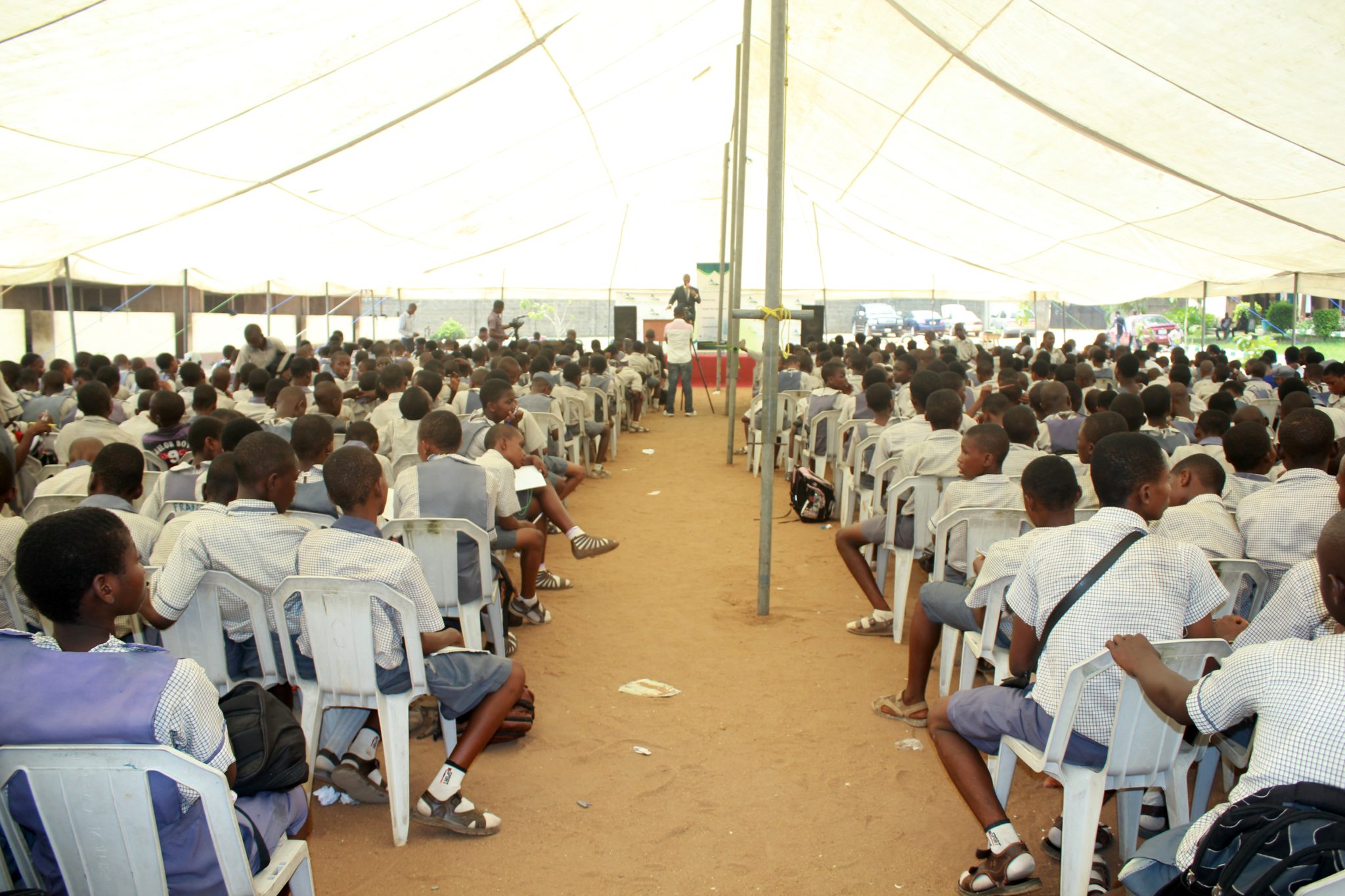
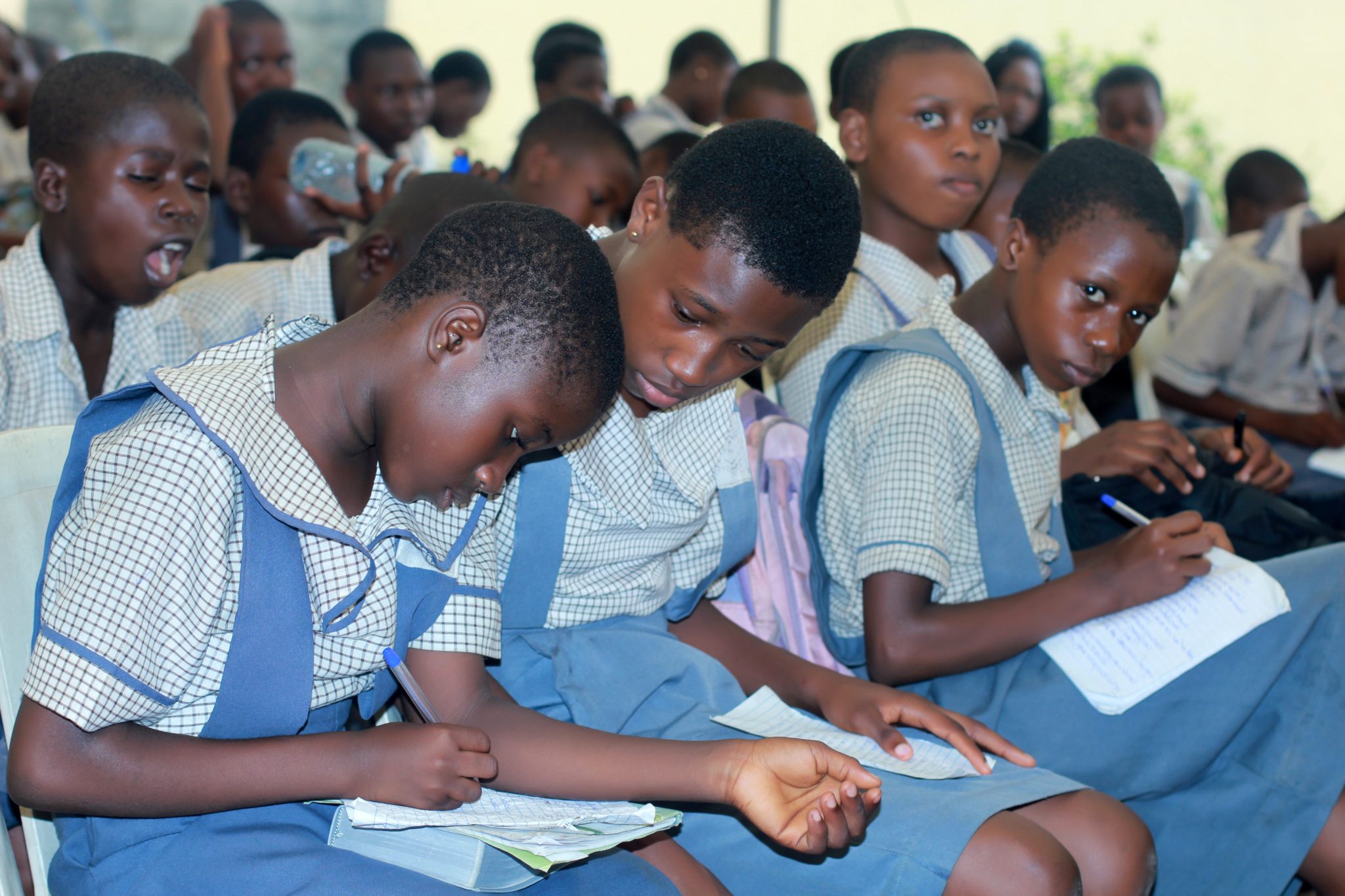
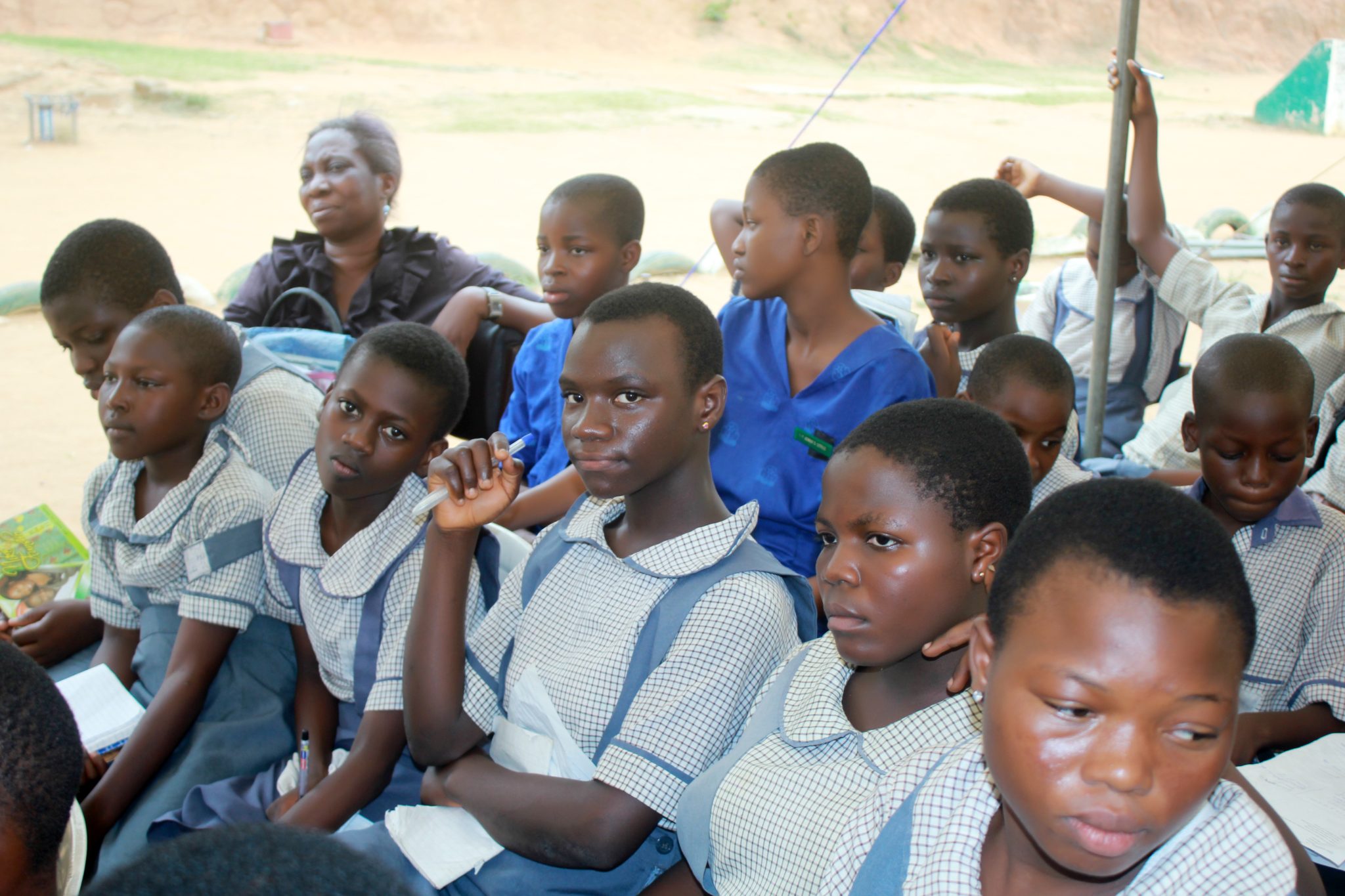
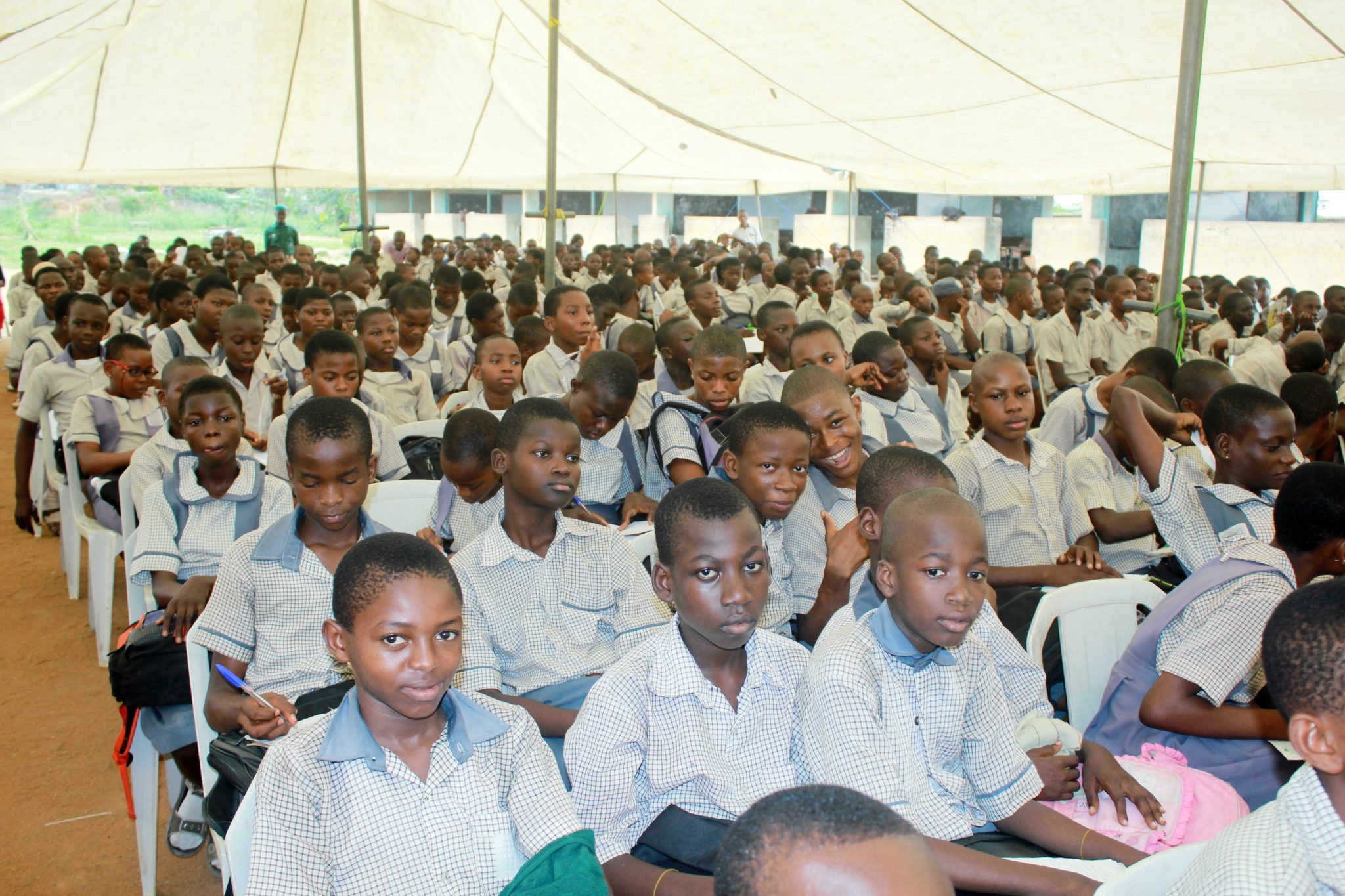
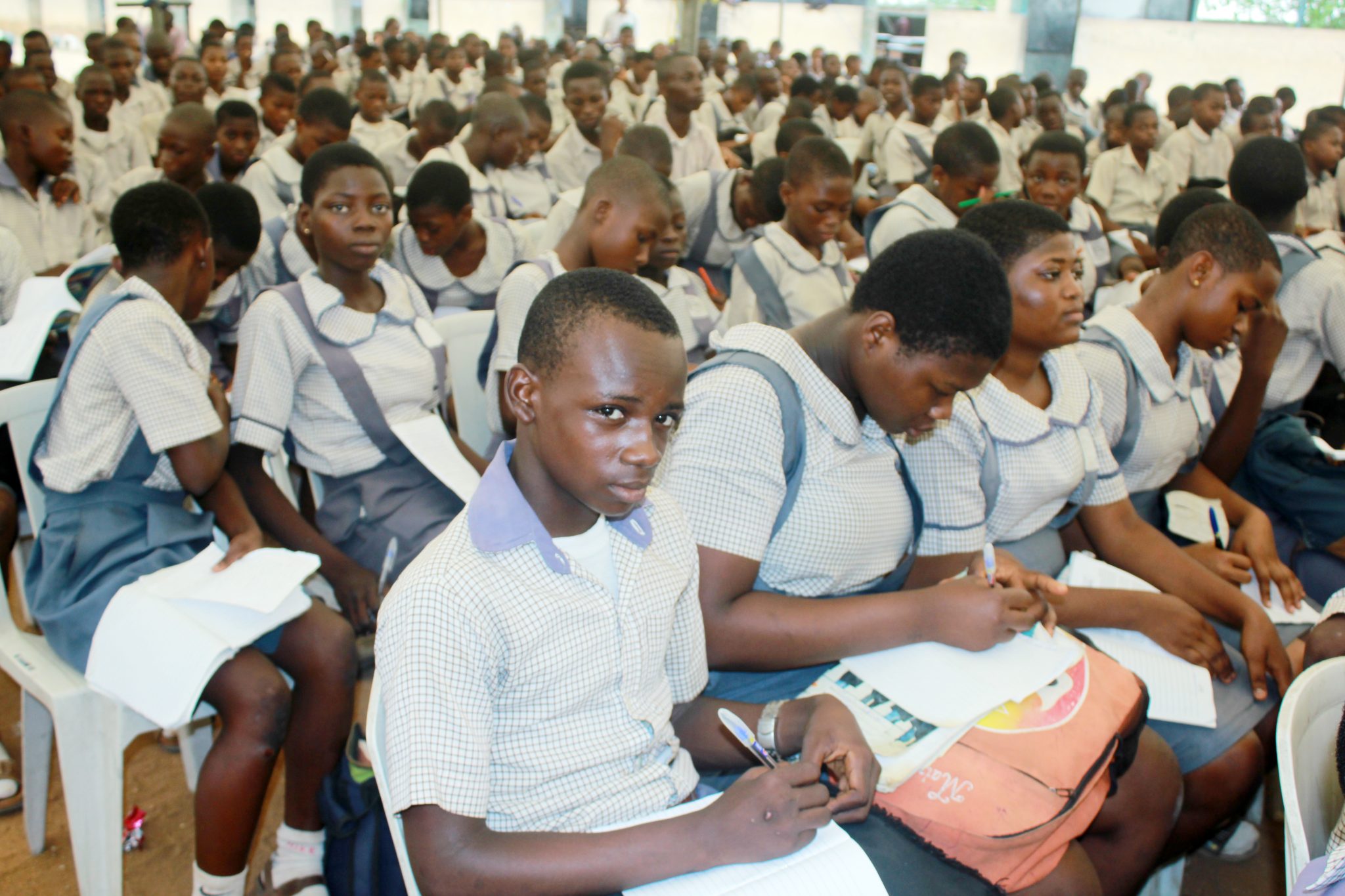
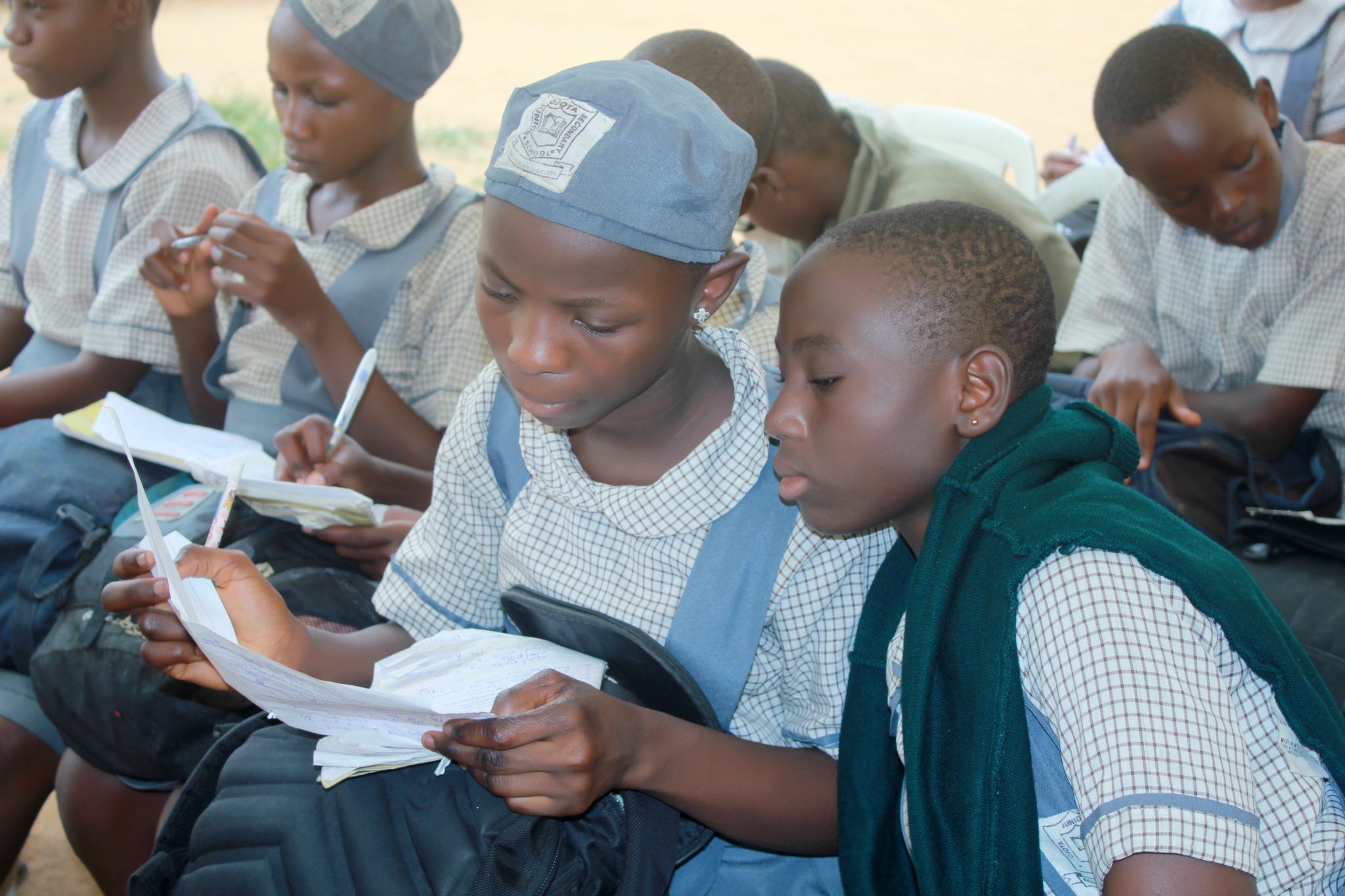
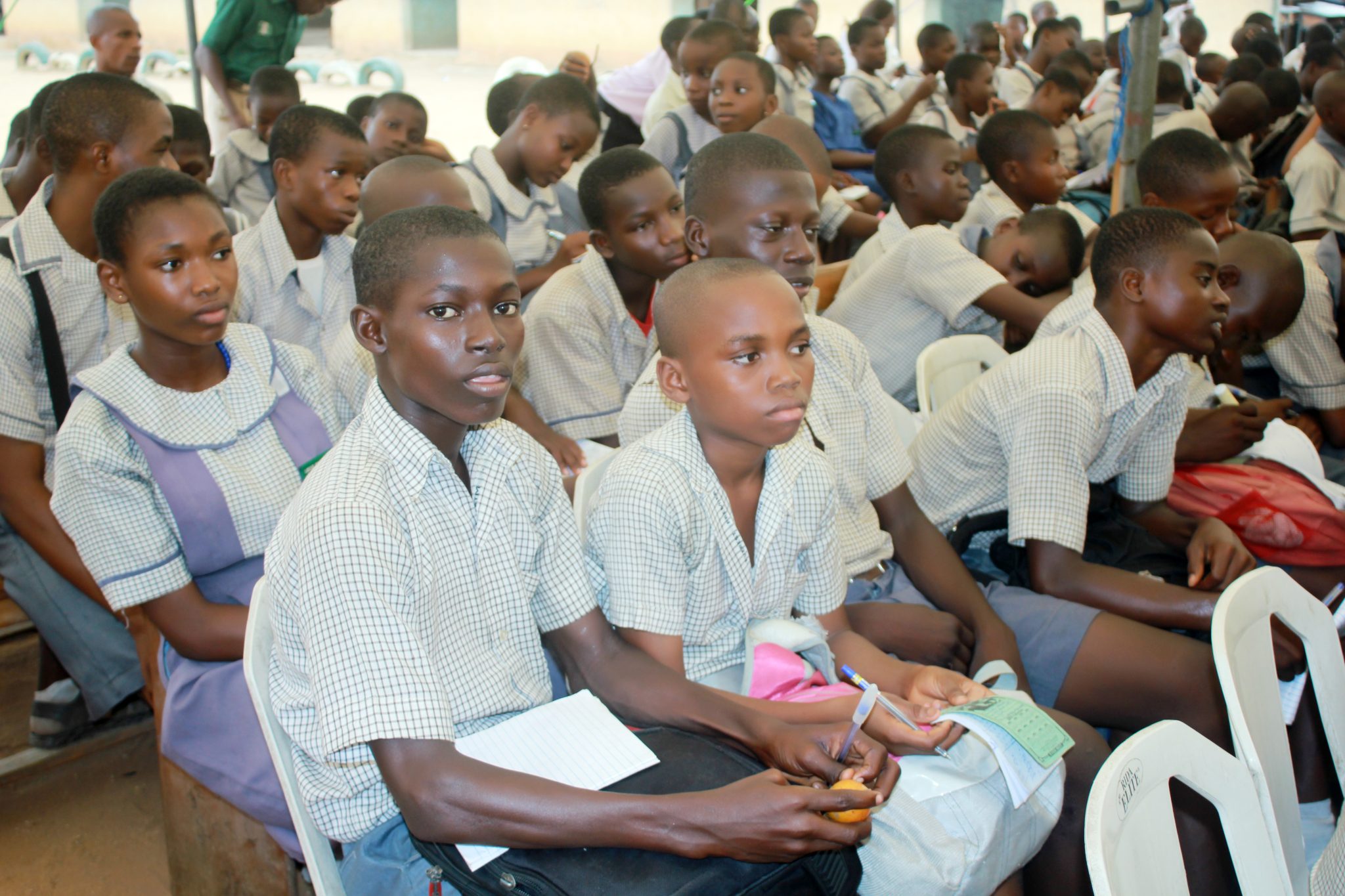
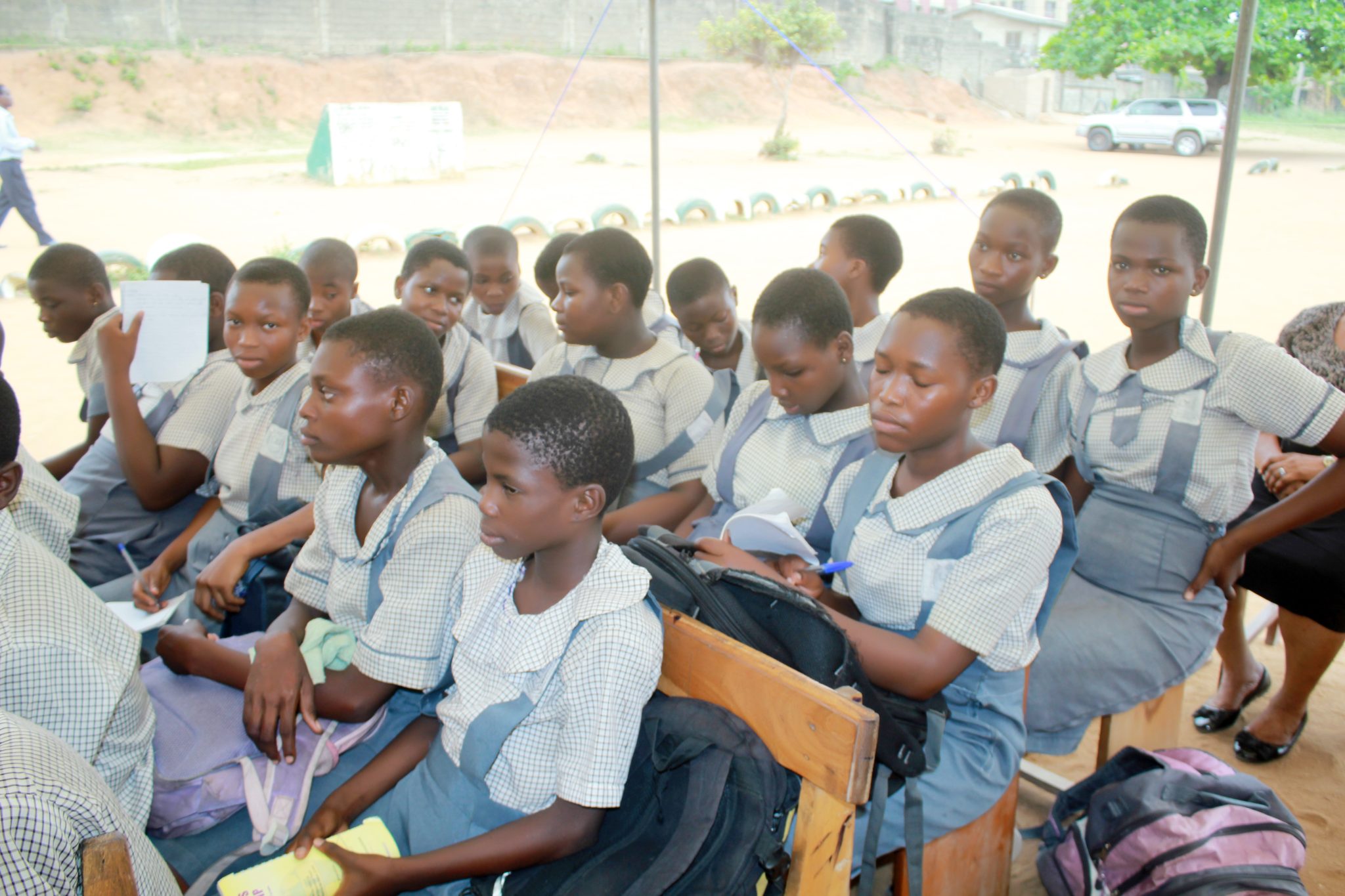
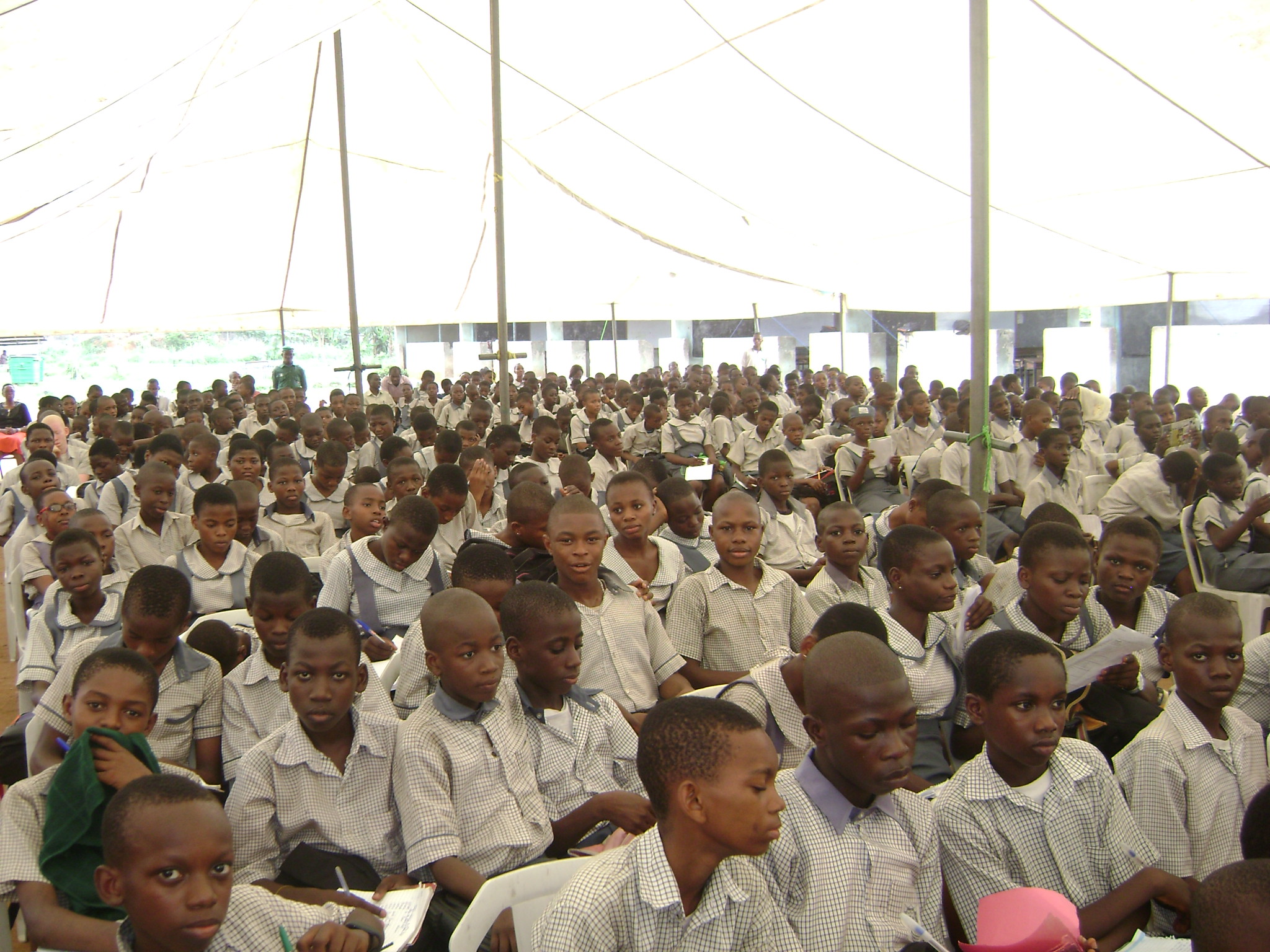
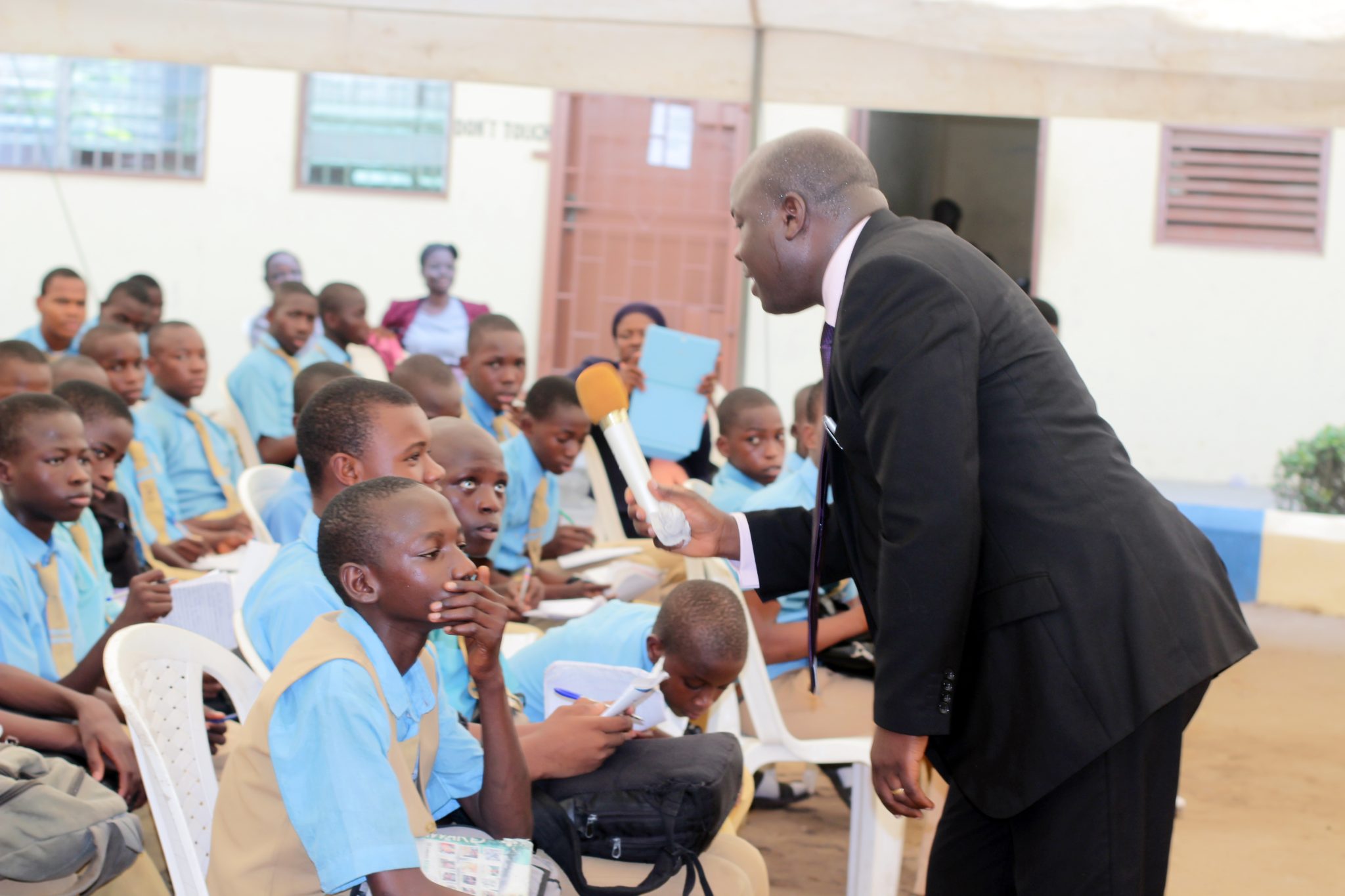
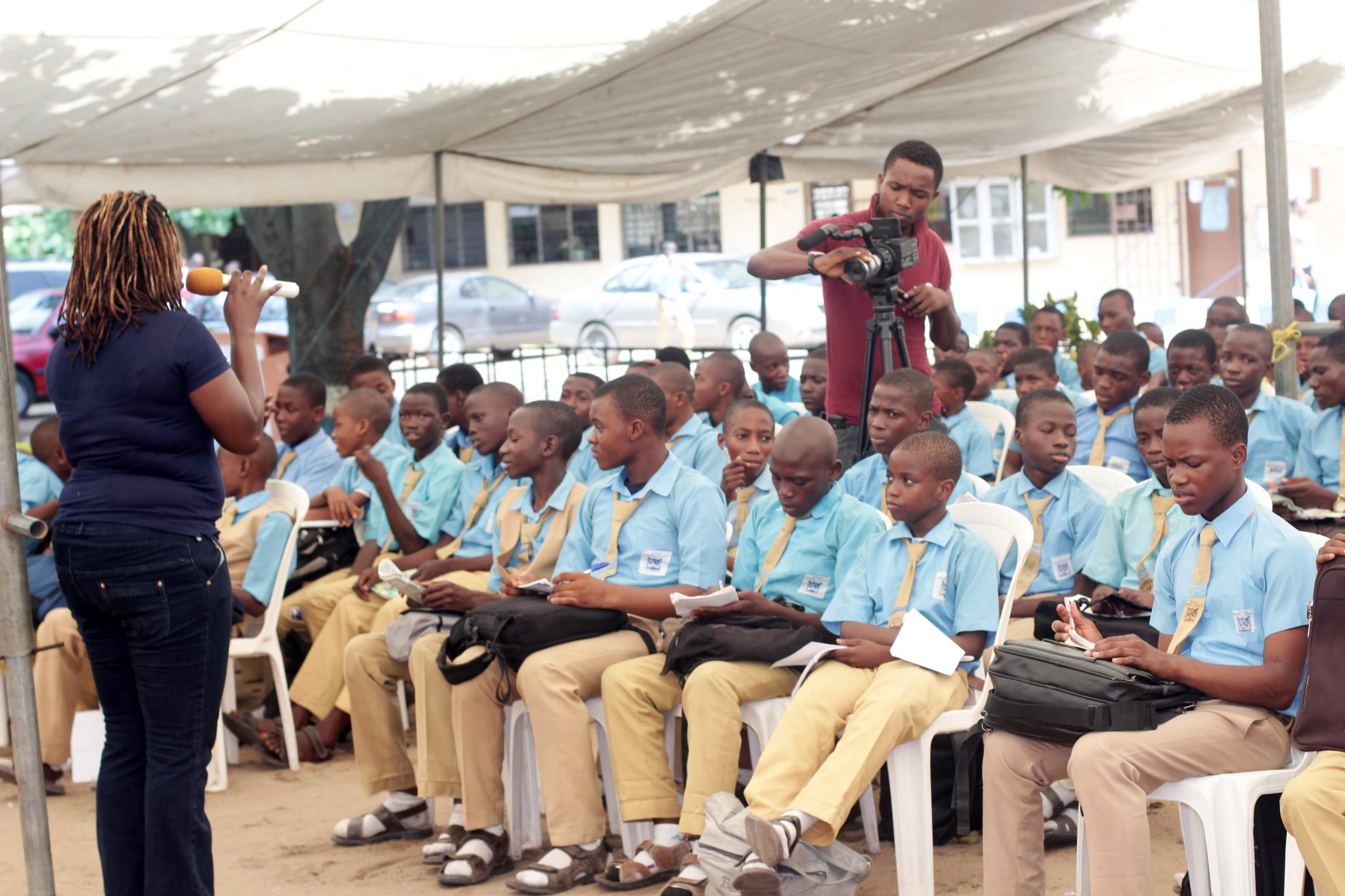
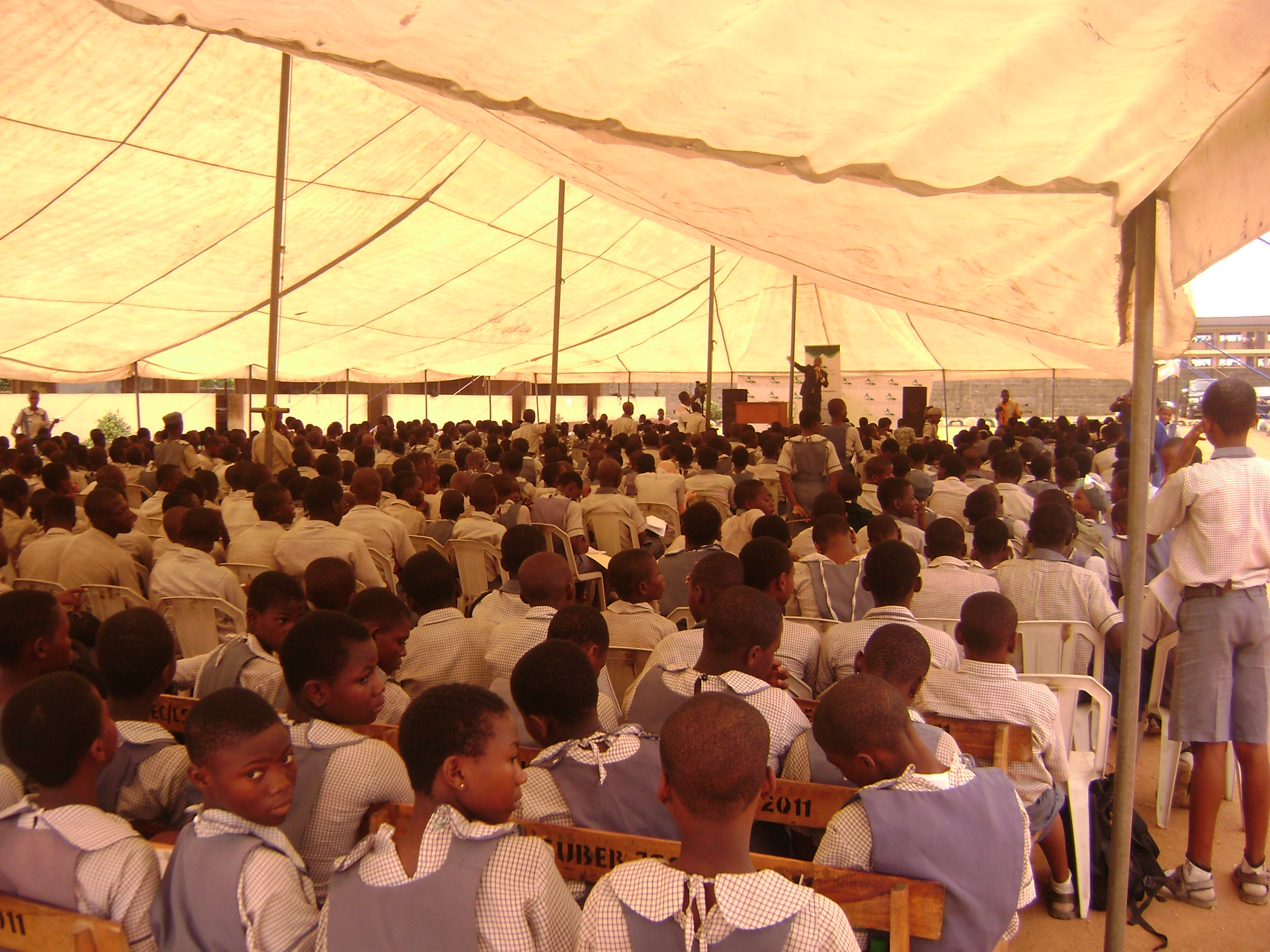
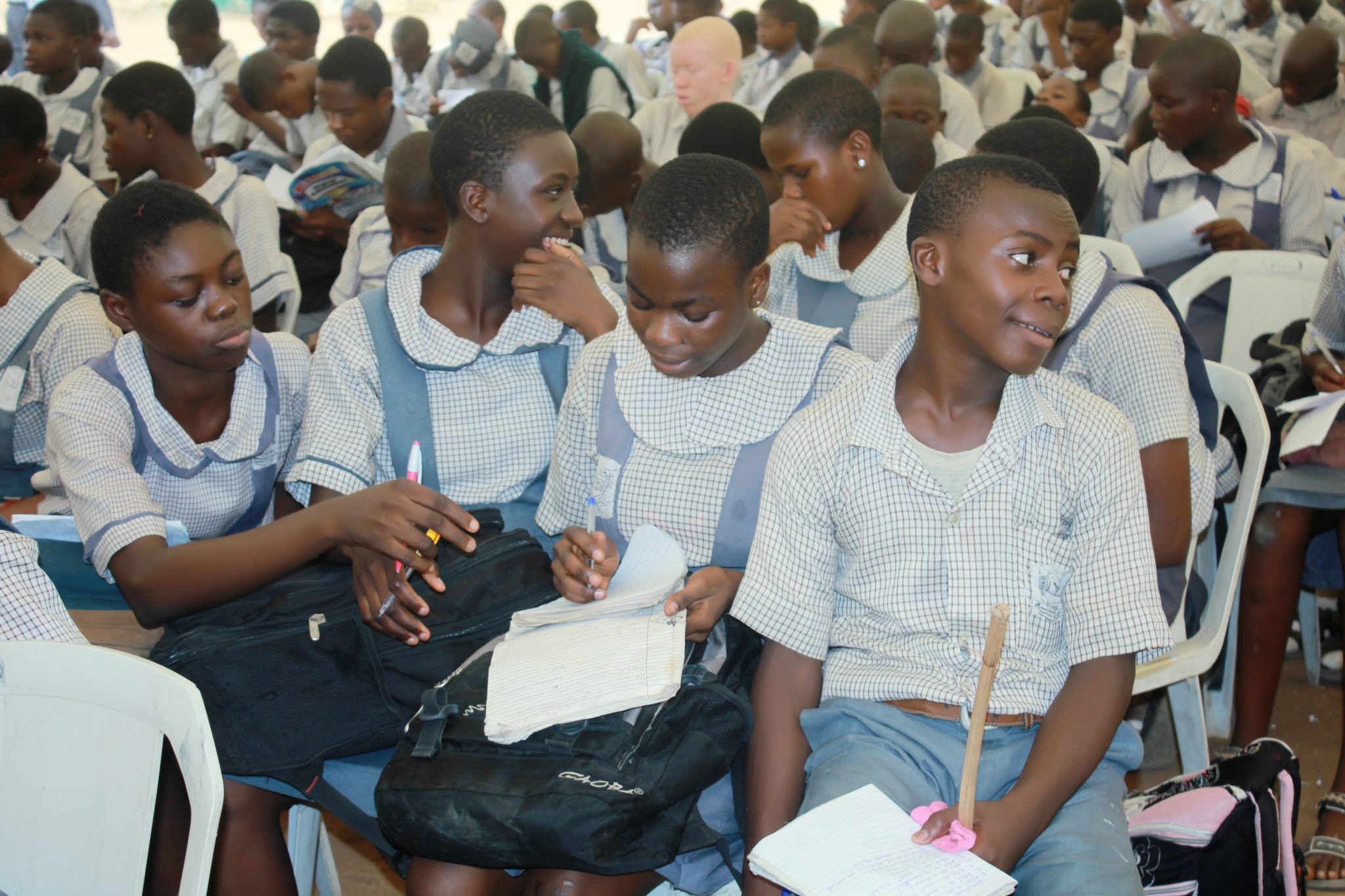
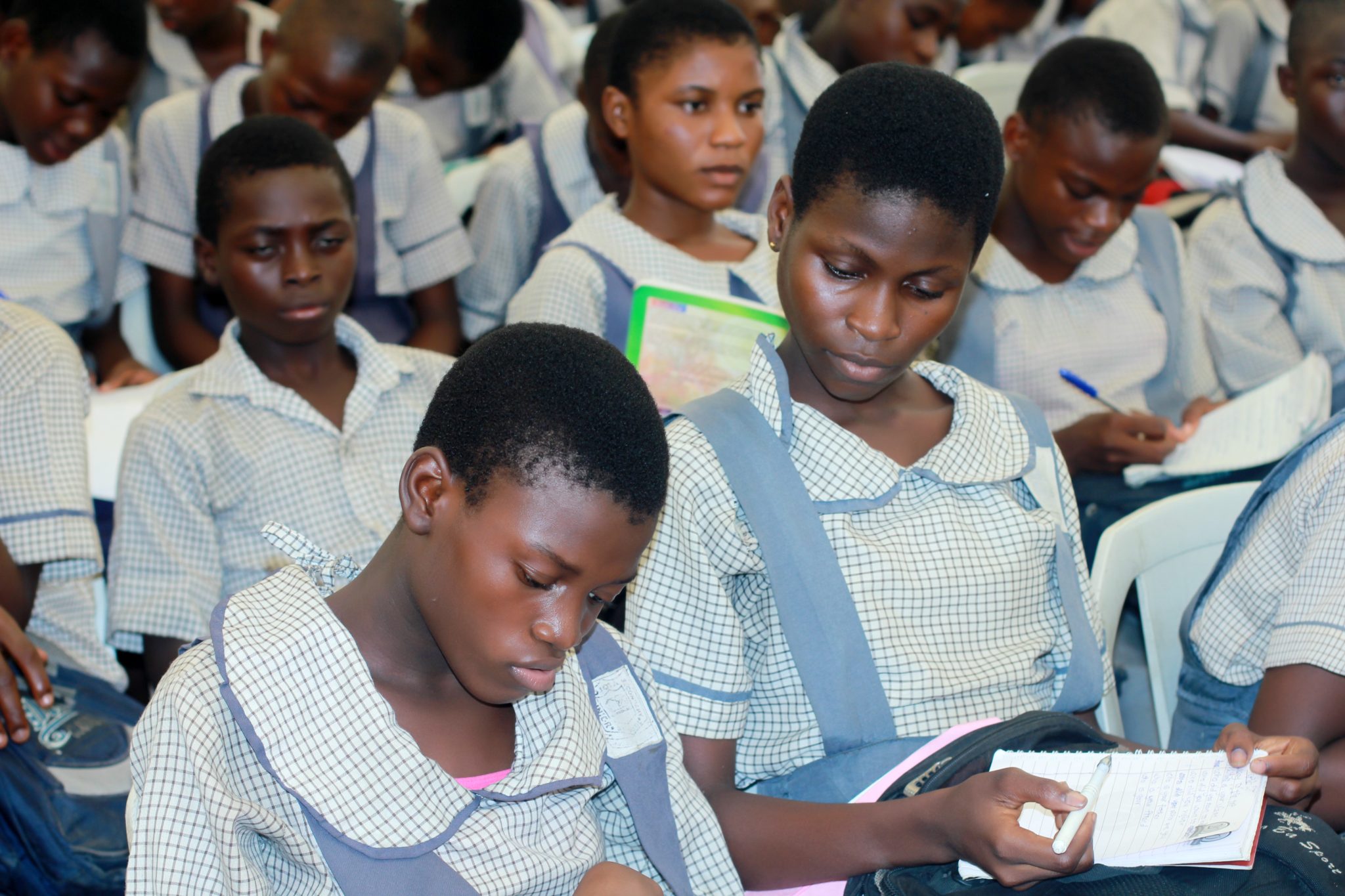
INFRASTRUCTURE UPGRADE

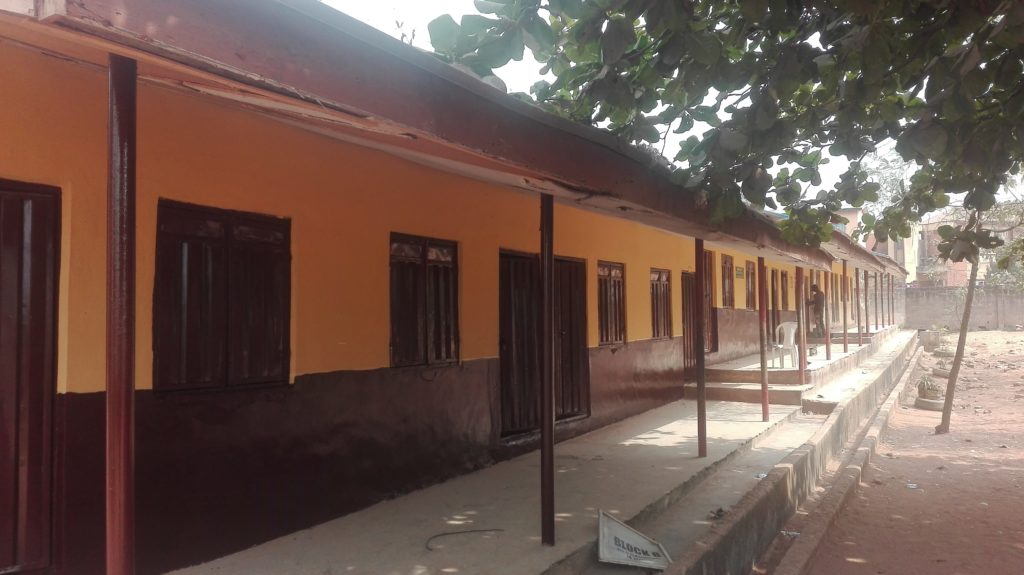
Even before the COVID-19 pandemic, the world was already off-track to achieve its education targets. If no additional measures are taken, only one in six countries will meet SDG4 and achieve universal access to quality education by 2030. An estimated 84 million children and young people will still be out of school and an estimated 300 million student will still not have the basic numeracy and literacy skills they need to succeed in life. To deliver SDG4, education systems must be re-imagined, and education financing must become a priority national investment.
Target 4.1: Between 2015 and 2021, the school completion rate increased from 85% to 87% in primary, from 74% to 77% in lower secondary and from 54% in 2015 to 58% in upper secondary education. Even before the onset of COVID19, these rates had slowed down relative to progress in 2010–15. Looking closely at reading levels at the end of primary school, for which trend data cover 34% of the world’s children, the analysis shows that global learning levels showed no progress between 2015-2019. Furthermore, learning losses due to COVID-related school closures have been documented in 4 out of 5 of the 104 countries that have carried out such studies.
Target 4.2: Participation rate in organized learning one year before the official primary entry age has stagnated at around 75% since 2015, still far from the target of ensuring that all girls and boys have access to quality pre-primary education by 2030.
Target 4.3: Among 131 countries with data from 2017 onwards, on average approximately one in six youth and adults aged 15-64 recently participated in formal or non-formal education and training. Participation is substantially higher among youth aged 15-24 (40%-50%), compared to those aged 25-55 (only 5% for most regions).
Target 4.a: Basic school infrastructure is far from universal. In 2020, approximately a quarter of primary schools globally do not have access to basic services such as electricity, drinking water and basic sanitation facilities. For other facilities such as computer facilities and the provision of disability adapted infrastructure, figures are substantially lower, with around 50% of primary schools with access.
Target 4.c: Globally, in 2020, over 14% of teachers are still not qualified according to national norms, with little improvement since 2015.
Source: www.desa.org
